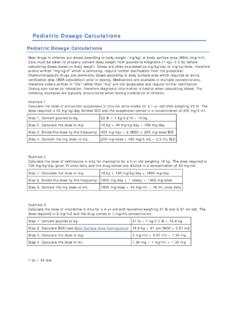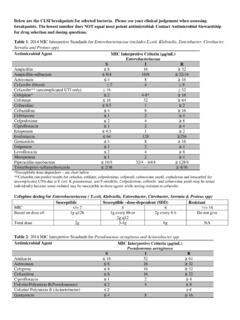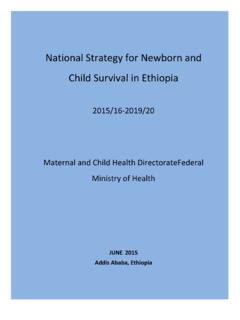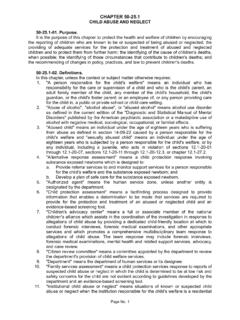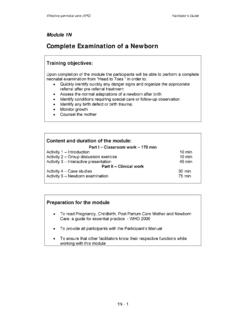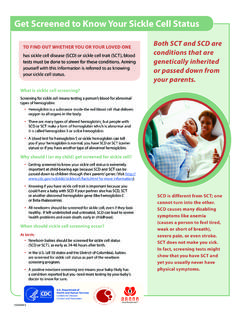Transcription of Pediatric Dosage Calculations
1 Pediatric Dosage Calculations Pediatric Dosage Calculations Most drugs in children are dosed according to body weight (mg/kg) or body surface area (BSA) (mg/m2). Care must be taken to properly convert body weight from pounds to kilograms (1 kg= lb) before calculating doses based on body weight. Doses are often expressed as mg/kg/day or mg/kg/dose, therefore orders written "mg/kg/d" which is confusing, require further clarification from the prescriber. Chemotherapeutic drugs are commonly dosed according to body surface area which requires an extra verification step (BSA calculation) prior to dosing.
2 Medications are available in multiple concentrations, therefore orders written in "mL" rather than "mg" are not acceptable and require further clarification. Dosing also varies by indication, therefore diagnostic information is helpful when calculating doses. The following examples are typically encountered when dosing medication in children. Example 1. Calculate the dose of amoxicillin suspension in mLs for otitis media for a 1-yr-old child weighing 22 lb. The dose required is 40 mg/kg/day divided BID and the suspension comes in a concentration of 400 mg/5 mL. Step 1. Convert pounds to kg: 22 lb 1 lb = 10 kg Step 2.
3 Calculate the dose in mg: 10 kg 40 mg/kg/day = 400 mg/day Step 3. Divide the dose by the frequency: 400 mg/day 2 (BID) = 200 mg/dose BID Step 4. Convert the mg dose to mL: 200 mg/dose 400 mg/5 mL = mL BID Example 2. Calculate the dose of ceftriaxone in mLs for meningitis for a 5-yr-old weighing 18 kg. The dose required is 100 mg/kg/day given IV once daily and the drug comes pre-diluted in a concentration of 40 mg/mL. Step 1. Calculate the dose in mg: 18 kg 100 mg/kg/day = 1800 mg/day Step 2. Divide the dose by the frequency: 1800 mg/day 1 (daily) = 1800 mg/dose Step 3.
4 Convert the mg dose to mL: 1800 mg/dose 40 mg/mL = 45 mL once daily Example 3. Calculate the dose of vincristine in mLs for a 4-yr-old with leukemia weighing 37 lb and is 97 cm tall. The dose required in 2 mg/m2 and the drug comes in 1 mg/mL concentration. Step 1. Convert pounds to kg: 37 lb 1 lb = kg Step 2. Calculate BSA (see Body Surface Area Nomograms): kg 97 cm/3600 = m2 Step 3. Calculate the dose in mg: 2 mg/m2 m2 = mg Step 4. Calculate the dose in mL: mg 1 mg/mL = mg 1 oz = 30 mls
